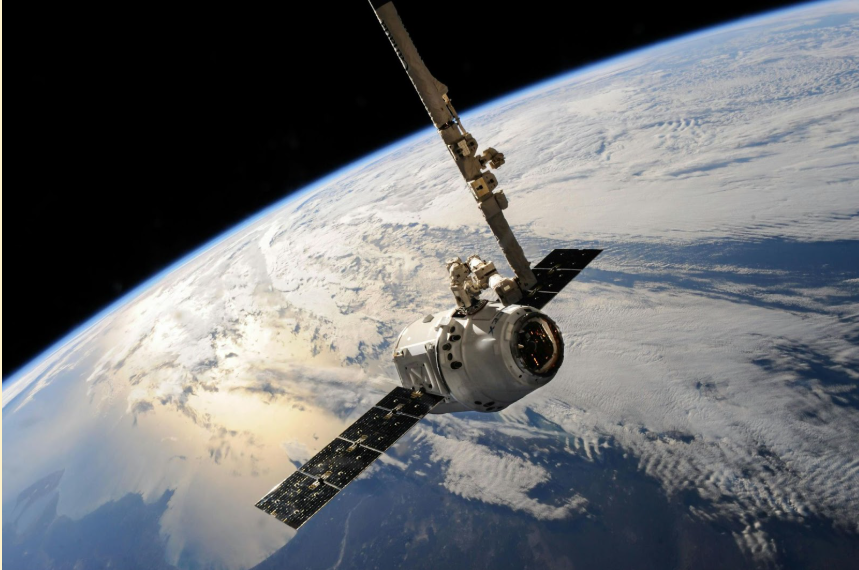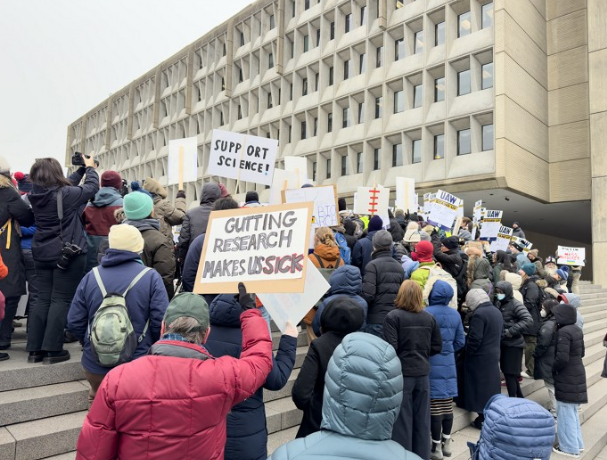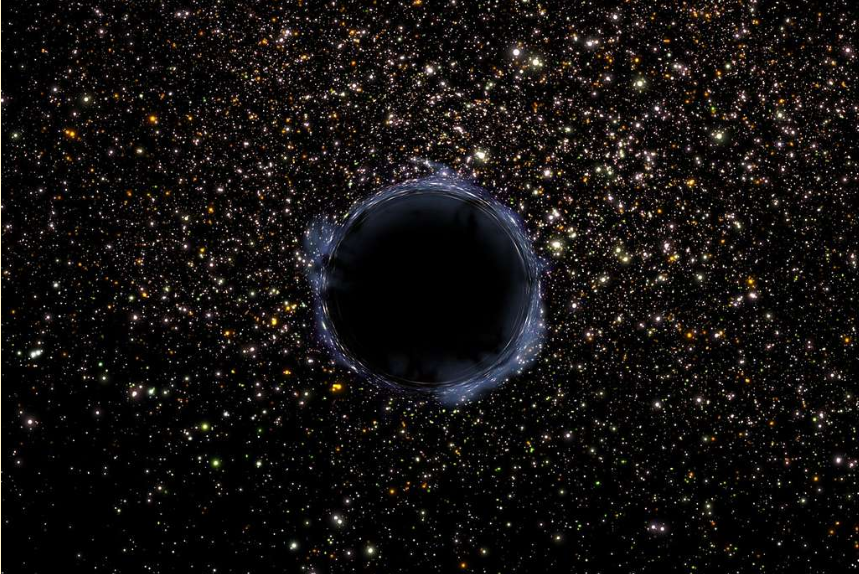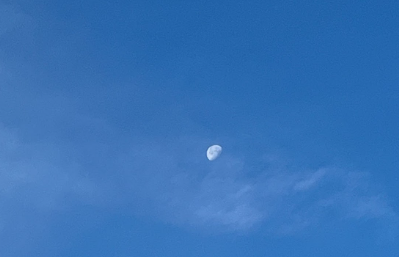On May 10, 2025, Kosmos 482, a failed Soviet spacecraft that planned to land on Venus, crashed into the Indian Ocean. The spacecraft was launched in 1972 as part of the Soviet Union’s Venera Program, which sent probes to Venus from 1960 through 1980. Kosmos 482’s rocket boosters shut down during its launch into space, stranding the spacecraft in Earth’s orbit for 53 years, with atmospheric drag slowly pulling the probe out of orbit.
After the failed launch, Kosmos 482 broke into several pieces, including the main body and the lander. The lander’s job is to touch down softly and intact on another planet so that it can stay functional upon landing. The main body reentered Earth’s atmosphere in 1981, while the lander was stuck in orbit for half a century. The spacecraft was built to withstand Venus’s atmosphere, the hottest planet in the solar system, meaning it is likely the lander will be mostly intact.
For that reason, the debris from Kosmos 482, got more attention from governments and private space trackers, unlike most debris, which typically burns up in Earth’s atmosphere or has a controlled reentry. The lander had deteriorated from its time orbiting Earth, which made it hard to track when and where the spacecraft would come back down. This caused stress over the reentry and the possible dangers of the spacecraft hitting a populated area.
Although Kosmos 482 safely descended, this event highlights the growing risk of debris reentering the planet’s atmosphere. Currently, space surveillance networks monitor approximately 40,000 objects, with about 11,000 actively serving telecommunications and computing purposes. An estimated 1.2 million pieces of debris in Earth’s orbit are classified as large enough to cause catastrophic damage.
While many assume that burning up in the atmosphere eliminates these materials, this is a misconception. Satellites and other space debris reentering the Earth’s atmosphere contribute to air and water pollution as well as damage to the ozone layer. Satellite reentries release aluminum oxide–a powerful chemical that breaks down ozone molecules–into the atmosphere, with emissions increasing eightfold between 2016 and 2022. In 2022, an estimated 17 metric tons of aluminum oxide were released into Earth’s mesosphere–a region of the Earth’s atmosphere, about 30 to 50 miles in altitude–, which increased to 360 metric tons by 2024, a staggering 646 percent increase over previous years.
Even without launching new objects into space, the amount of debris continues to grow due to the fragmentation of existing debris. The rate of debris fragmentation surpasses the rate at which debris naturally reenters the atmosphere, triggering a chain reaction of collisions that creates more debris. Simply refraining from adding new objects doesn’t fix the growing challenges in Earth’s orbit, so active debris removal is crucial to mitigate this escalating issue. Methods such as deploying satellites with nets or harpoons, using laser technology to alter debris trajectories and designing spacecraft with deorbiting capabilities are being explored to address pressing concerns.















